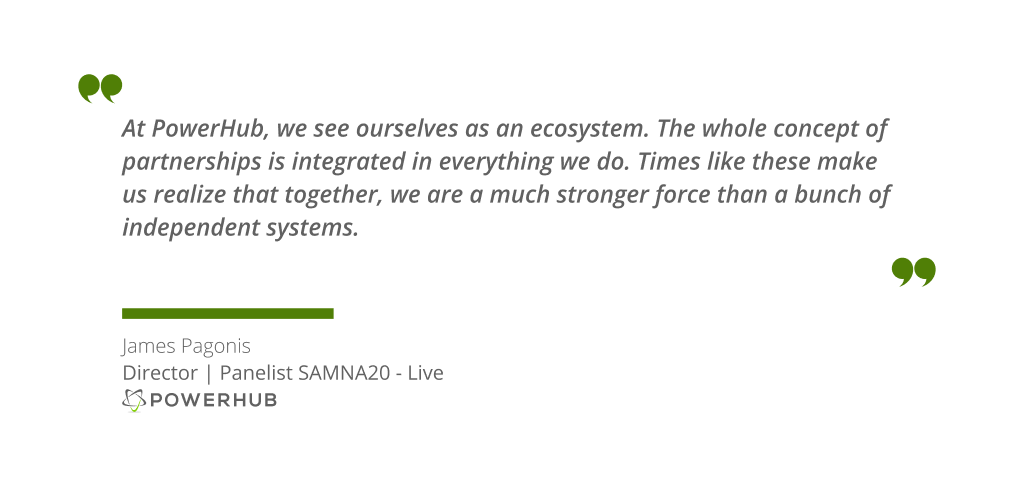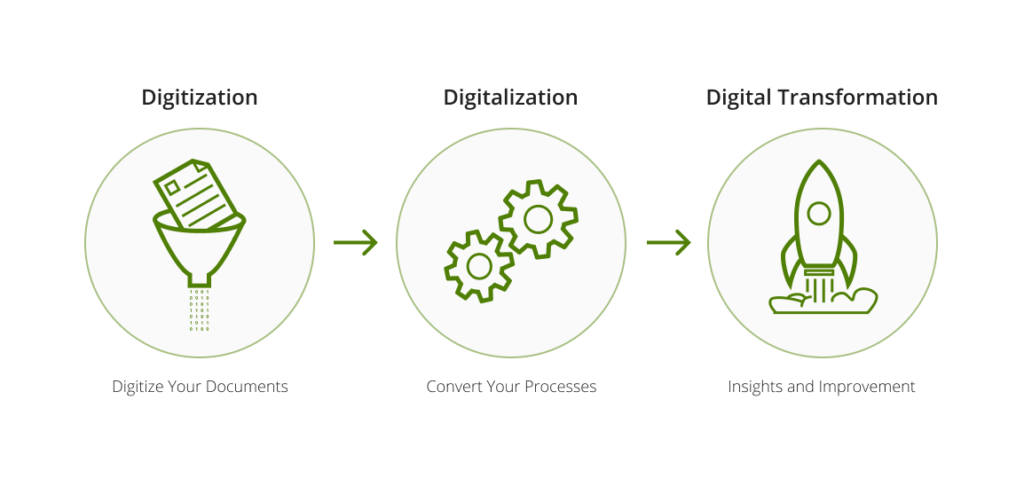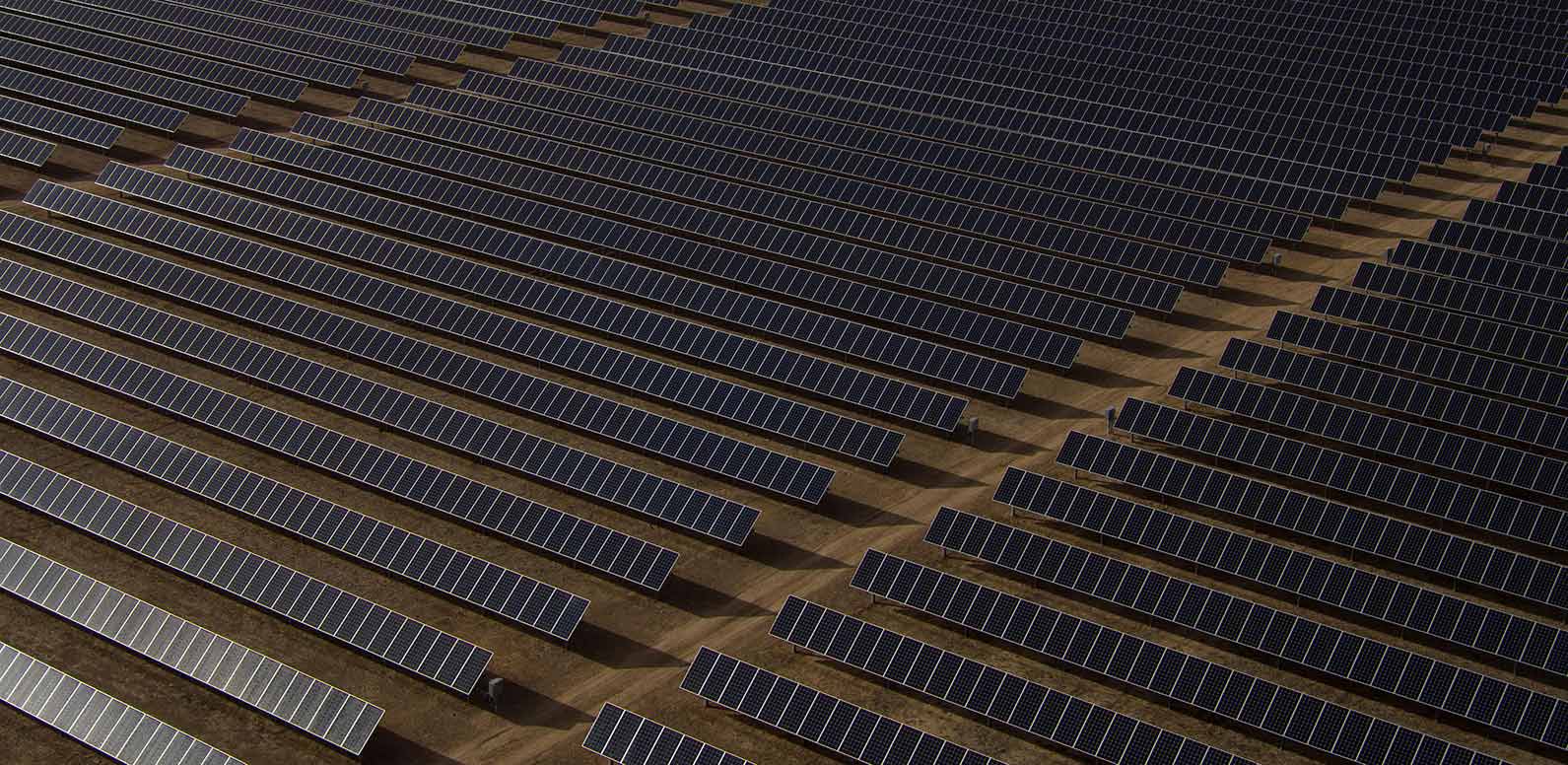Resilient. Safe. Compliant.
The three attributes we usually associate with solar asset management. While I do agree –wholeheartedly, I sometimes wonder how far we would go to support this association when the world is not all rainbows and sunshine. If it’s stormy and scary out there, how resilient and reliable is your solar PV management?
For me, crisis-proof solar asset management is synonymous to a long-term outlook. Being able to invest in a project keeping the unpredictable future in mind is the unsaid trait we look for in asset managers today.
Regardless of whether you stepped into the charming and unique space of renewable energy assets five years or fifteen years back, your approach to a streamlined process must be long term in nature.
In this light, I recommend adopting the following best practices as part of your solar asset management playbook. Whether you foresee stumbling blocks in the near future or prefer keeping your fingers crossed for a smooth sail ahead, these tried & trusted ways are sure to keep you safe and dry on those stormy, uncertain days.

Account For & Manage Solar Asset Management Risks
Energy production is a simple equation of supply, demand, and some, natural, erratic, out-of-the-ordinary, knock-me-off-my-feet factors. Doesn’t sound too simple now, does it?
Making solar PV truly resilient means accounting for these risks and managing them proactively. I mean, come on, we’ve been talking of availability, continuity, and accessibility risk for years. Isn’t it about time we take a roll-up the sleeves approach? Well before they hit our solar projects by surprise.
I was recently reading that Bloomberg New Energy Finance has lowered its expectation for solar power demand by 9 points. Meaning? We might see the lowest demand for solar panel installations since the 1980s! Wow, unbelievable. But it’s true and it’s happening.
All this talk of risk management makes me think of Community Solar projects – the oldest, but arguably one of the most resilient models of solar power distribution. For instance, Walmart becoming an anchor subscriber to 36 of United States Solar Corporation’s community solar projects is telling. The grocery store giant has committed to various projects in 13 counties. The aim? Bring more (solar) power to the people.
There are notable advantages to having a reputable anchor tenant in community solar. Not only does it make the project less risky, it also infuses infrastructural strength for it to power through occasional bottlenecks. What I really love about such a setup is the prospect of penetrating newer markets with the latest developments in solar asset management.
Digitalize. Rinse. Repeat.
What would happen if you were hit by a bus? Such a thought never crosses our mind when we’re planning for the week ahead, right? However, with the COVID-19 pandemic and the general circumstances we are in today, that’s a fair statement.
This past month, I was part of a panel discussion at Solar Asset Management North America, SAMNA20-Live. Most of the discussion we engaged in focused on surviving ‘storms’ by joining forces and presenting a united front. I couldn’t help smile as I read the topic because I’ve been saying for years that at PowerHub, we think of ourselves as our clients’ partners.
Yes, we provide an asset management platform as a service; but really, our true raison d’être is to promote robust digitalization in the renewable energy space. It’s not an option anymore – this widespread virus is making us realize how agile and efficient we need to be now, more than ever before.

Let’s say you haven’t digitalized yet. Well then, how are you planning to access those performance and output reports on your manager’s computer who has been out sick? Trust me, I’ve seen major disconnects between people working on the same solar project – scrambling to get performance and output data at the last minute. That’s not the kind of solar asset management that will survive a crisis.
Fortunately, what will get us through is a strong belief in the power and impact of digitization. With everything on the cloud, you really get to enjoy the benefits of borderless management.
Innovate, Communicate & Collaborate
14 years ago, when I first started my career in Canada’s solar industry, it was pretty much a one-man show –if you don’t count the hefty piles of contracts and complicated excel files I had inherited. I was in the office, on the field, and at community meetings, trying to lay down processes and set precedents. I won’t sugarcoat it, it was fun but hard. Truly, harder than it needed to be.
Today, we’ve come a long way. The first word that comes to mind when I now think about solar power is collaboration. And it’s a trend that never goes out of style.
Cities, states, developers, consumers, and corporations are communicating and working towards a common goal. I strongly believe that collaboration between these stakeholders is the key to sparking innovation and digitally transforming the world of solar asset management.
Case in point: Instead of simply subscribing to power purchase agreements (PPA) with Level Ten Energy, Starbucks took a collaborative approach by becoming a shared owner of several projects. In my view, such a vested interest in solar development opens doors to opportunities like data sharing, expertise development and groundbreaking research. Consequently, efficiencies are inevitable.
Final Word – My 2 cents
Solar is a relatively resilient industry, yes. The groundbreaking advances – like space solar – speak volumes of it.
However, no project or plant is ‘born’ crisis-proof. And let’s face it, this isn’t the last crazy thing that will happen to us – I mean come on, it’s renewables we’re talking about!
So, what will differentiate one setup from the next – given the same set of parameters– is the way its processes are structured. Now that is a true measure of robustness.
The stakeholder initiatives and contributions I discussed here are highly commendable. They are a need of the time. Using such measures, we can make solar asset management a resilient force in the face of larger than life challenges that are increasingly becoming a norm.




